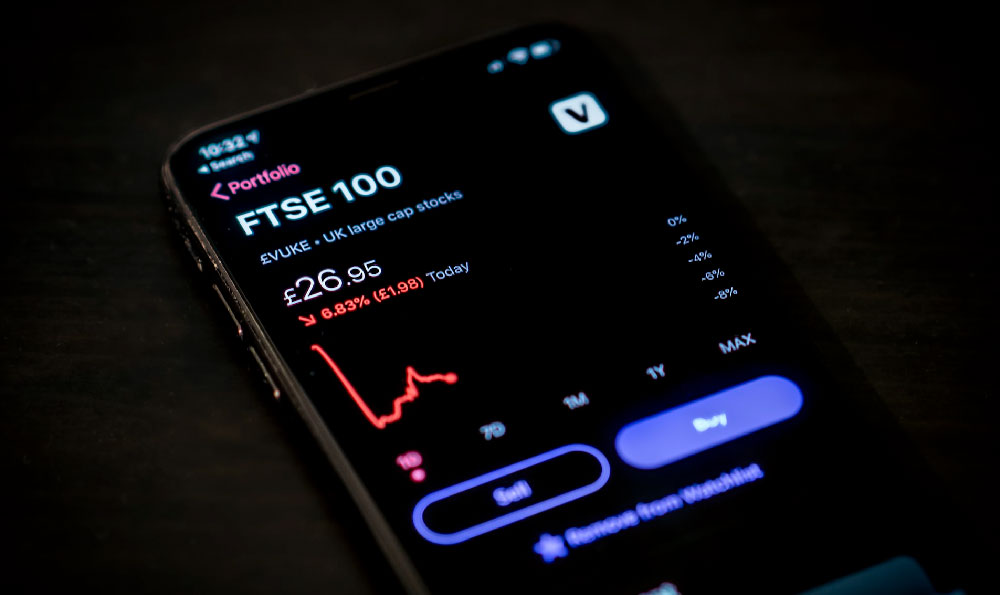Investing can feel like navigating a complex maze, particularly when you're just starting out. The sheer volume of options, coupled with the potential for both profit and loss, can be overwhelming. However, understanding the fundamentals and taking a strategic approach can empower you to build a solid financial future, regardless of your initial investment capital. One of the most frequently asked questions is precisely this: what is the minimum amount I need to begin investing? The honest answer is that it varies widely, dependent upon the investment vehicle you choose. In today's landscape, accessibility is greater than ever before.
Let's explore a spectrum of investment options, keeping in mind their respective minimum entry points. A fantastic starting point for many is the stock market. Traditionally, investing in stocks meant purchasing whole shares, which, for companies with high share prices, could require significant capital. Thankfully, fractional shares have revolutionized this. Many brokerage firms now allow you to buy a fraction of a share, meaning you can invest in companies like Amazon or Tesla with as little as $5 or $10. This opens the door to diversification even with limited funds. You can spread your investment across various companies and sectors, mitigating risk. Look for reputable online brokers that offer fractional shares and commission-free trading to maximize your returns.
Another avenue to consider is Exchange-Traded Funds (ETFs). ETFs are essentially baskets of stocks that track a specific index, sector, or investment strategy. This offers instant diversification, as you're investing in numerous companies simultaneously. The minimum investment for an ETF is typically the price of one share, which can range from a few dollars to several hundred, depending on the ETF. ETFs are generally considered a less volatile option than individual stocks, making them a good choice for beginners. Research different ETFs and choose those that align with your investment goals and risk tolerance. Pay attention to expense ratios, which are annual fees charged by the ETF provider. Lower expense ratios mean more of your returns stay in your pocket.

Mutual funds are another popular investment vehicle. They are similar to ETFs in that they pool money from multiple investors to invest in a diversified portfolio of assets. However, mutual funds are actively managed by a fund manager, who makes investment decisions based on their analysis of the market. This active management can potentially lead to higher returns, but it also comes with higher fees. Minimum investment amounts for mutual funds can vary significantly, ranging from a few hundred dollars to several thousand. Look for low-cost index funds, which track a specific index like the S&P 500. These funds offer diversification and typically have lower expense ratios than actively managed funds.
Beyond stocks, ETFs, and mutual funds, bonds represent another class of investment. Bonds are essentially loans you make to a company or government in exchange for interest payments. They are generally considered less risky than stocks, but they also offer lower potential returns. You can invest in bonds through individual bonds or bond funds. The minimum investment for individual bonds can be quite high, but bond funds offer a more accessible way to invest in a diversified portfolio of bonds.
Real estate investing can seem daunting, particularly when you think about the high cost of purchasing property. However, Real Estate Investment Trusts (REITs) offer a way to invest in real estate without the need for a large down payment or property management responsibilities. REITs are companies that own or finance income-producing real estate. You can invest in REITs through the stock market, and the minimum investment is typically the price of one share. REITs can provide a steady stream of income through dividends and offer diversification to your investment portfolio.
Micro-investing apps are also becoming increasingly popular. These apps allow you to invest small amounts of money, even just a few dollars, into a diversified portfolio of stocks and ETFs. They often use automated algorithms to manage your investments based on your risk tolerance and investment goals. While these apps can be a convenient way to start investing, it's important to understand the fees involved and to choose a reputable platform.
Regardless of the investment vehicle you choose, it's essential to do your research. Understand the risks and potential rewards of each investment before putting your money into it. Start small and gradually increase your investment amount as you become more comfortable. Consider setting up a diversified portfolio that includes a mix of stocks, bonds, and other assets. This will help to reduce your risk and increase your potential for long-term growth.
Furthermore, consider automation. Setting up automatic contributions to your investment accounts can help you stay consistent with your savings and investment goals. Even small, regular contributions can add up over time. Many brokerage firms allow you to set up automatic transfers from your bank account to your investment account on a weekly or monthly basis.
Ultimately, the best way to start investing is to simply begin. Don't let the fear of making mistakes hold you back. The sooner you start investing, the more time your money has to grow. Even a small amount of money invested regularly can make a significant difference over the long term. Choose an investment strategy that aligns with your risk tolerance and financial goals. Focus on building a diversified portfolio and stay consistent with your contributions. With patience and discipline, you can achieve your financial goals and build a secure future. Investing is a marathon, not a sprint. It’s about building wealth steadily over time, not getting rich quick. The minimum amount to begin is less important than the commitment to start and maintain a disciplined investment strategy. Focus on learning, adapting, and staying invested for the long haul.












